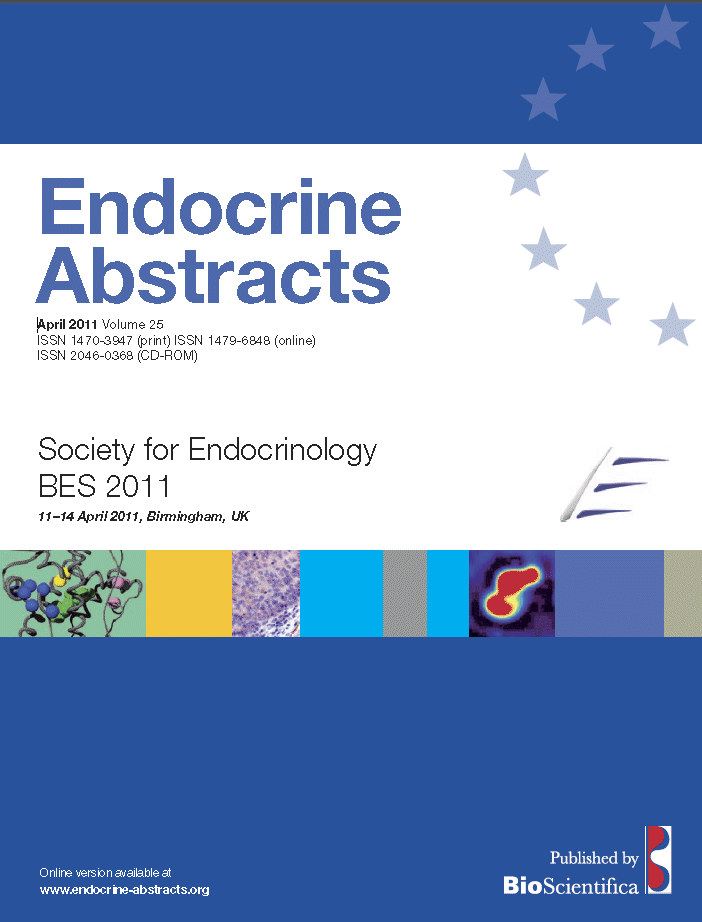Searchable abstracts of presentations at key conferences in endocrinology
Clinical Management Workshops
The management of difficult Graves’ disease
ea0025cm1.1 | The management of difficult Graves’ disease | SFEBES2011
Autoimmune hyperthyroidism: a spectrum of causes
Autoimmune hyperthyroidism has a complex aetiology including both environmental and inherited components. Amongst the environmental factors that are well documented to be important are smoking and stressful life events. The prevalence of all forms of autoimmune hyperthyroidism is known to be higher in women, but the effects of oestrogen are complex: the combined oral contraceptive pill protecting against Graves disease, whereas pregnancy predisposes. Autoimmune hyperthyr...
ea0025cm1.3 | The management of difficult Graves’ disease | SFEBES2011
The management of Graves' ophthalmopathy and dermopathy
Extrathyroidal manifestations of Graves disease include eye disease (Graves ophthalmopathy, GO), dermopathy (also known as pretibial myxedema) and nail changes (acropachy). While about 50% of Graves patients are affected with mild to moderately severe GO, dermopathy is present only in 14% of cases, and acropachy in 0.10.4%.Management of GO represents a complex and unresolved problem, and the treatment outcome is frequently u...
ea0025cm1.4 | The management of difficult Graves’ disease | SFEBES2011
New therapies for Graves' disease
While the aetiology of Graves disease is now well-established, treatment for Graves disease has largely remained unchanged for 50 years. However, relapse rates following antithyroid drug treatment remain high, destructive therapy to the thyroid is not without its short and longer-term risks and there have been limited studies of the benefits of different treatments in terms of long-term outcomes such as cardiovascular disease. There therefore remains much room for ...




